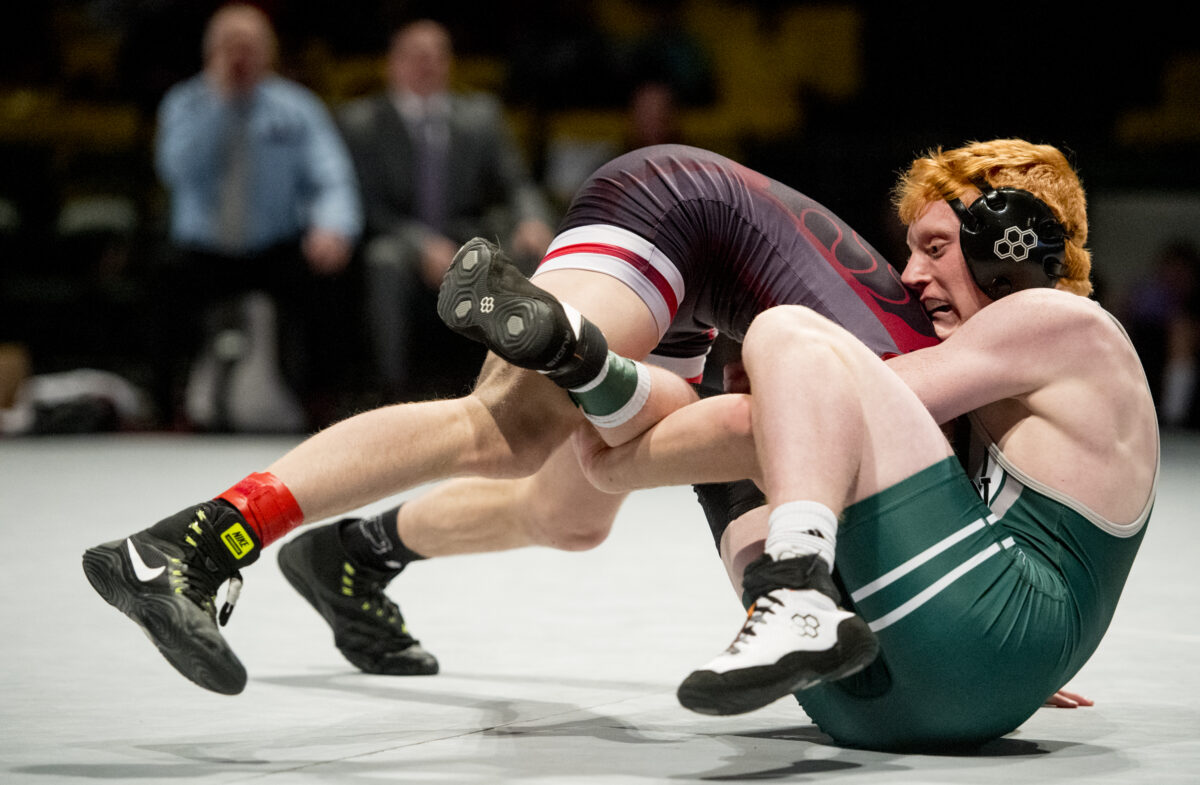LLOYD: What direction should Utah’s high school sports be headed?
It’s January and that’s a good time to consider the future.
So let’s take stock of what we have learned about high school sports in recent years:
1. Size of school is only moderately useful in determining relative competitiveness
In Utah Valley, for example, Westlake has been one of the largest schools in the state for the last few years but that certainly hasn’t translated into dominance for most of the Thunder athletic programs.
2. Regions are only moderately useful for scheduling
While geographic regions (that’s a loose term, particularly for smaller classifications) may make sense for rivalries and convenience, they always had problems when it came to competitive balance.
Just ask anyone who competed in Class 6A’s Region 4 compared to some of the other 6A regions for the last few years. Now with the ratings percentage index (RPI) seeding process, the regions matter even less.
3. Schools are trying to figure out where they fit in an era of RPI seeding
In some ways, RPI is great. The goal of getting the top teams to have the best chances to face each other in the later rounds of state tournaments is a laudable one, even if it is still going to have hiccups.
But if everyone is going to be seeded in the team sports based on RPI numbers, then why keep classifications and regions as they are presently constituted at all?
Maybe it’s time to take the next step.
I spent some time recently discussing the concerns with Skyridge soccer coach Jerry Preisendorf and he suggested that our current model of every school having all their sports lumped in the same classification (with a few exceptions like Mountain View football) is flawed.
He mentioned the promotion-relegation model that is commonly used in international soccer and that concept intrigues me.
Since we already have such detailed computer formulas determining who plays who at state, why doesn’t the Utah High School Activities Association take those numbers and use it to determine which sports at which schools belong in which classification?
Take, for example, the Payson and Timpanogos football programs, which are currently petitioning to become independent because of lack of numbers and their struggles to compete in their current classifications.
But the Timberwolves have excellent baseball and basketball programs, while the Lions are very, very good in wrestling.
If you want to look the other direction, how about looking at Lone Peak?
The Knights have enjoyed tremendous success in a wide variety of sports in the last few years — but the Lone Peak softball team hasn’t done very well.
It’s true at almost every school that some athletic programs do well and others struggle — so is it time to classify schools based on on-field performance instead of just enrollment numbers?
It’s impossible to ignore that we’ve already started down that road with football, which is classified to some extent differently than other sports as evidenced by the Mountain View example.
There are roughly 150 high schools in Utah that play sports of some sort under the UHSAA umbrella, although not all schools field teams in every sport.
So here is the proposal I’ve been thinking about:
- In each of the sports, take the number of schools competing and break them down into five or six classifications and then distribute the schools as evenly as possible based on relative RPI numbers.
- Teams play schedules that feature at least 60 percent games against the same classification but there are no preset region matchups. Just go play.
- The RPI results determine the state playoff seedings and the tournament plays out as currently established.
- Each season, the final four teams are promoted to the higher classification, while the four teams with the lowest RPI numbers are relegated to the lower classification. This really could be either the top four or the top eight/bottom four or bottom eight, depending on how much movement would be considered.
- Each sport adjusts every year, giving teams chances to move up or down depending on what happens in the actual action on the court or the field or the track or the pool or the mat or wherever the competition takes place.
So for example this year Mountain View volleyball and Orem football would both move up from 5A to compete in 6A next year, while Timpanogos football, Payson and Spanish Fork girls soccer would have dropped from 5A to 4A.
Would it work? I don’t see why the details couldn’t be worked out, although transportation issues might be bigger.
Would it solve all the problems? No, since it wouldn’t address issues like transfers, open enrollment or sports club discrepancies.
Would it be the best move?
Well, this is where it depends on your perspective.
In some ways it would be more complicated — fewer girls and boys basketball games back-to-back, for example.
Rivalries might be impacted significantly (although many of those are already affected with each reclassification).
But it would also be simpler, since the two-year reclassification process based on enrollment would be eliminated.
The main goal would be to put as many programs competing at as close to the same level as possible.
I don’t agree it would solve everything — but I’d love to see how it would work.






